Samurai armor from ... Toropets!
This scarecrow rumbled
falling off the bed!
Bonto
Armor and weapon samurai of japan. Finally, in our country, in the field of museum business, significant changes began to occur. You apply, but they don’t kick you off, because “it’s difficult to open a window”, and they don’t break crazy prices, but they really help. However, it could not do without scientific and technological progress. It used to be difficult to photograph the objects of the exposition and people often just didn’t want to mess with this, whereas today almost everyone can take photos on their mobile phone. And the Internet will help us all: last time in the comments someone wrote about samurai armor in the Toropets Museum. I looked into the Network: yes, such armor is there, and there is their photo, albeit of poor quality.
It remains only to write to the administration of the museum, which I did. And soon he received a response from the head of the Toropetsk branch of GBUK TGOM Pokrashenko E.N. with beautifully taken photographs and even the attached text of an article devoted to the armor available in their exposition. Well, excellent, always and everywhere would be so, because that's how museums should work. You will not run into everywhere, for example, I will never go to the same Toropets, however, we all learn about the armor that is exhibited there, thanks to this, readers of VO.
Well, we start with stories, from how these armors appeared in the ancient Russian city of Toropets. It turns out that they entered the museum in 1973 from the descendants of the Minister of War of the Russian Empire and the Commander-in-Chief of the Manchurian Army in 1904-1905. Adjutant General N.A. Kuropatkin. In 1903, he paid an official visit to Japan, where they most likely gave them to him. That is how they got into his Tver estate Sheshurino, and from it, already today, into the museum. There is no more detailed information about their appearance in the museum.
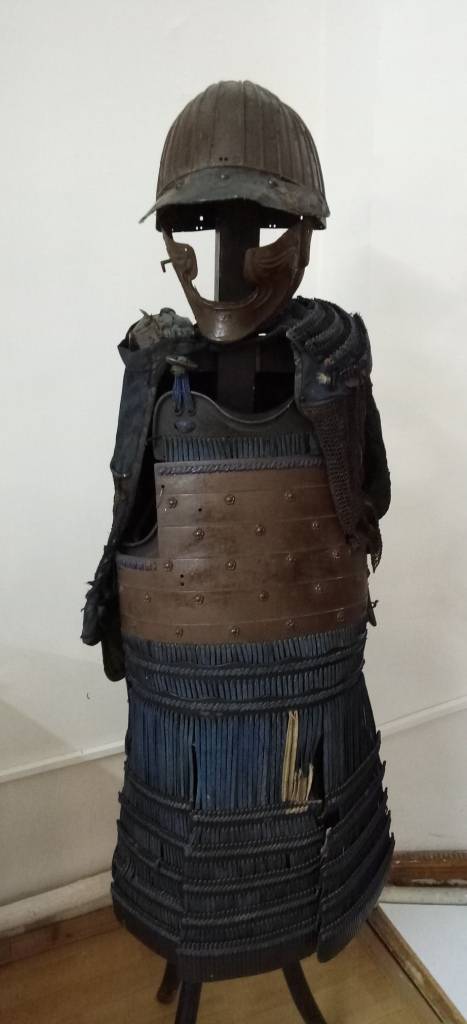
Of the armor, the cuirass, helmet, face mask are quite well preserved, the kusazuri legguards, bracers, leggings and shoulder pads are missing. Without a doubt, this is the so-called "modern armor" - Tosey Gusoku, made in the Edo era, that is, until the middle of the XIX century. The cuirass is assembled from long horizontal plates, so the full name of such armor in Japanese will be quite intricate: bё-toji-yokohagi okegawa-do. Rivet heads are clearly visible on the cuirass, so it’s also a type of kakari-do.
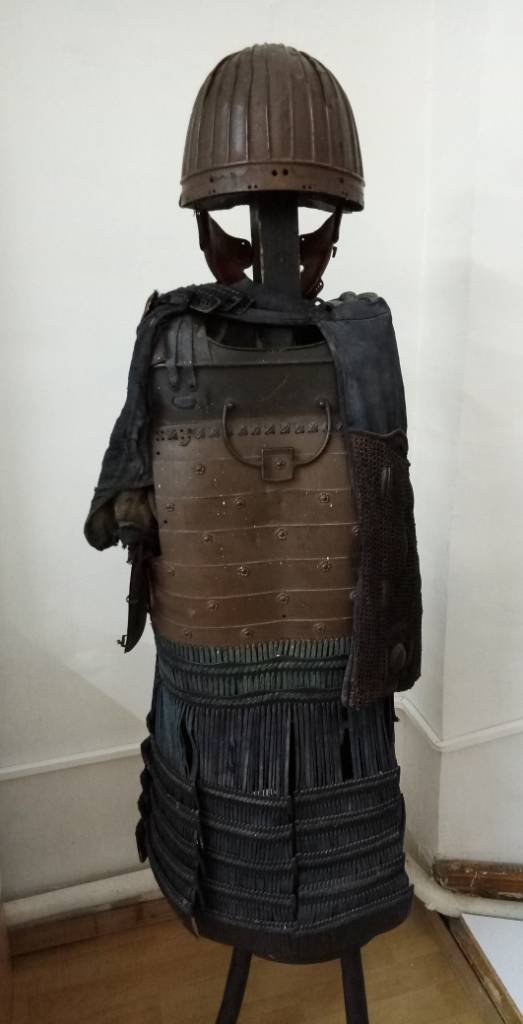
Both sections of the cuirass, front and back, are intact and also have their own name: the front is yoroy-no-saki, and the back is yoroy-no-atom. Such plates were usually made of steel 2 mm thick and were covered with the famous Japanese varnish in several layers (up to eight!). Together with the gessan (the name of the “skirt” of kusazuri in the Tosey gusoku armor), the weight of such a cuirass could be 7,7–9,5 kg.
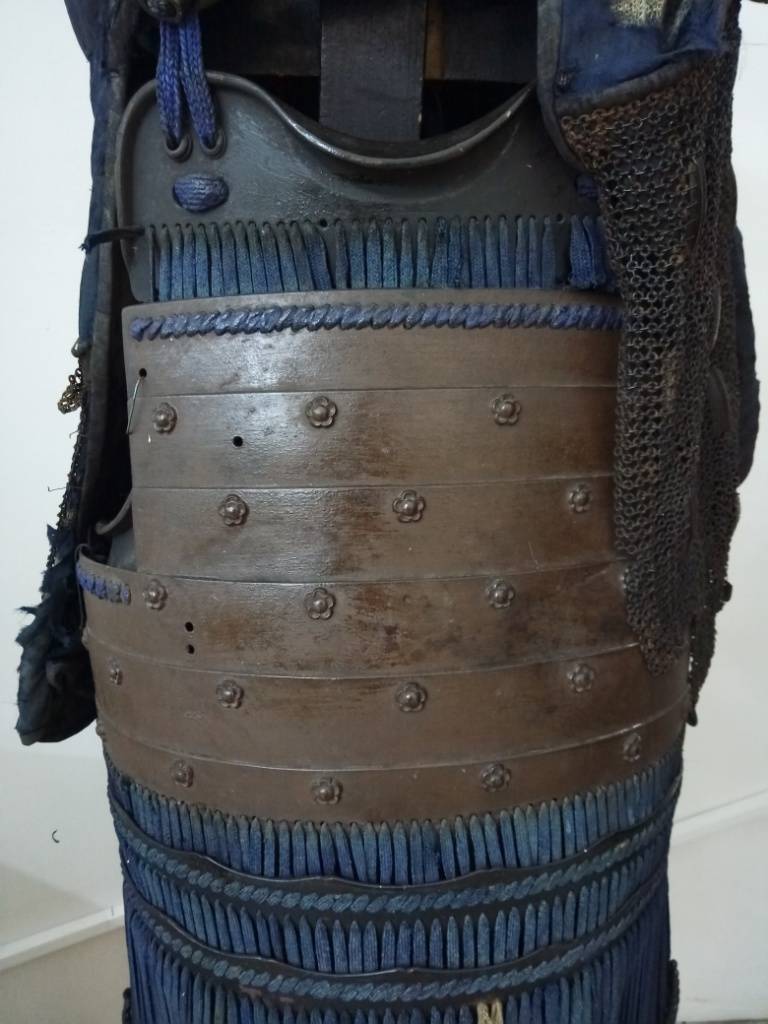
On the back of the Tosei Gusoku cuirass, a detail such as a gattari was usually installed - a special bracket for attaching a koshi-sashi (for officers) and a sashimono (for ordinary soldiers), an identification mark that could have the form of a flag on a long bamboo pole and ... not look like on what, that would be clear to Europeans. For example, it could be a carefully made ... turnip (a hint of perseverance), a prayer plate suspended on a pole, a fan of feathers or three multi-colored fur balls, although, speaking of the flag, it usually depicted simply could (coat of arms) of its overlord.
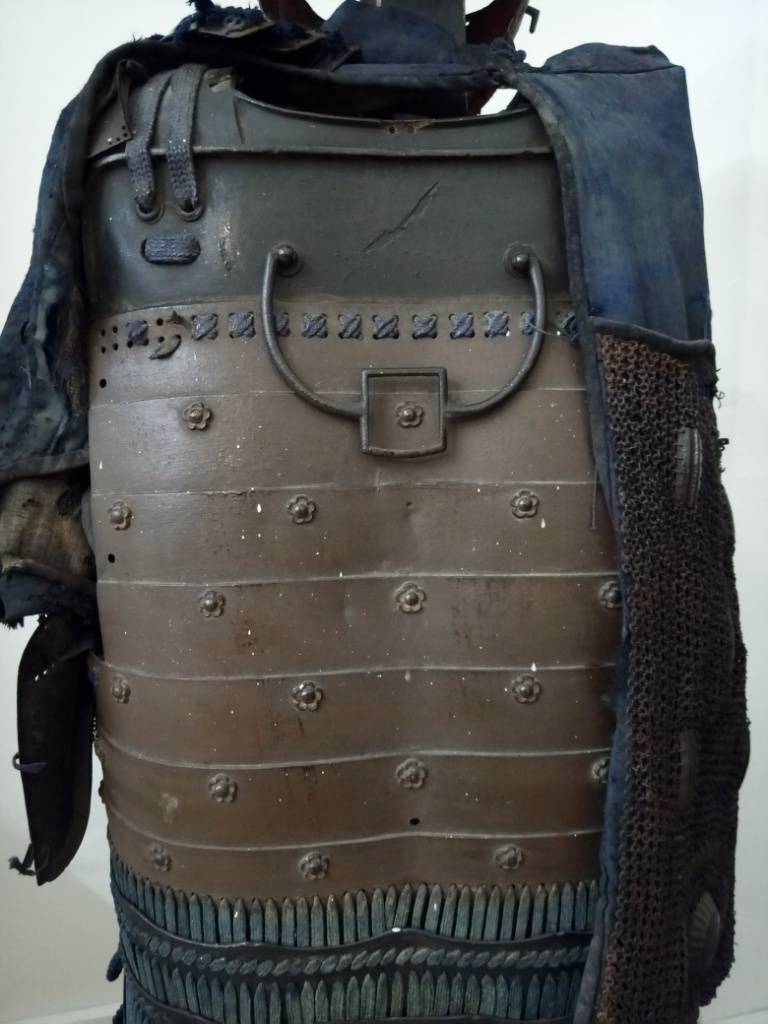
Traces of damage can be seen on the cuirass: on the upper front plate, in its left part, there is an obvious trace from the blow, which, however, did not cause much harm to the armor. And on the rear section of the cuirass and also at the top there are dents that could occur when falling from a horse to stones or from spear strikes.
"Modern armor" usually had a "gessan" skirt, consisting of 7-8 trapezoidal sections of kusazuri, each of which had five stripes of plates. All of them were attached to the cuirass with the help of tight lacing kebiki-oshoshi. In this armor, the gassan consists of seven sections (three sections in the front and four in the back) with five rows of plates in each.
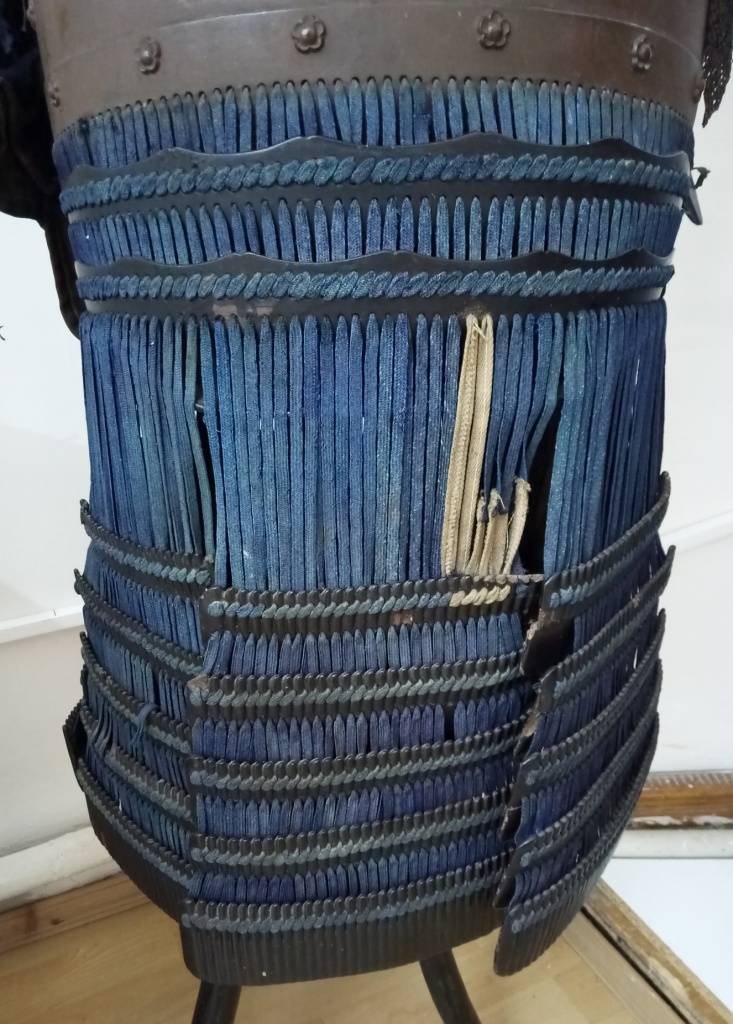
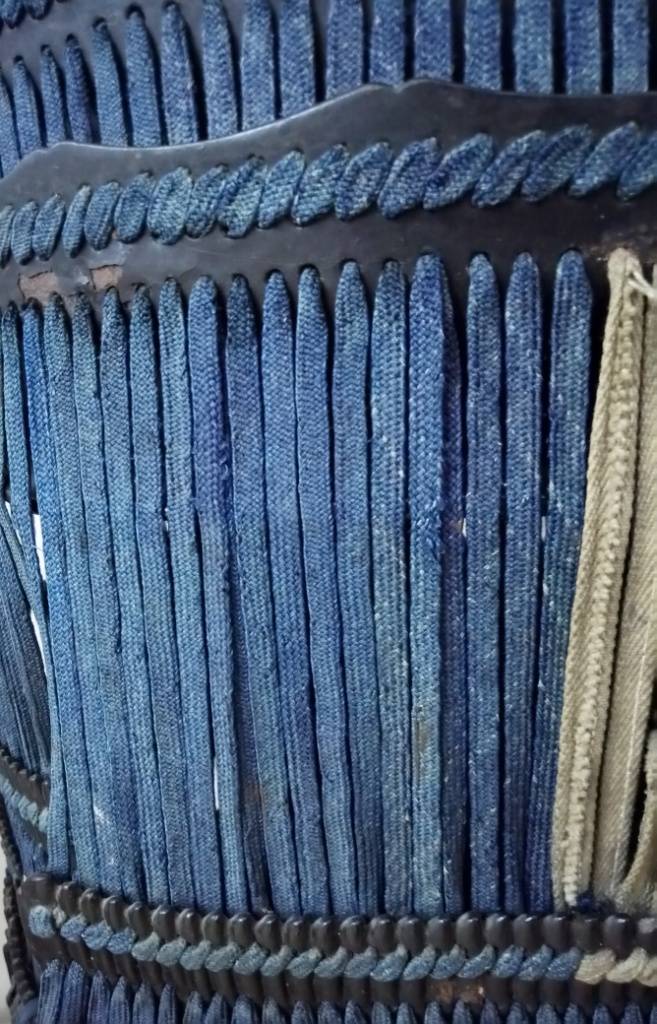
All cords are dark blue (in Japanese - con), for which indigo paint was used. The specified color was most popular in later periods, since this paint was resistant to fading. But such colors as red (madder color) and violet (soybean color), although they looked spectacular, were not very popular due to the harmful effect of these colors on the cord fabric. Both colors quickly faded, and the cords soaked with them were torn, so they often had to be replaced, and this was a very expensive pleasure.
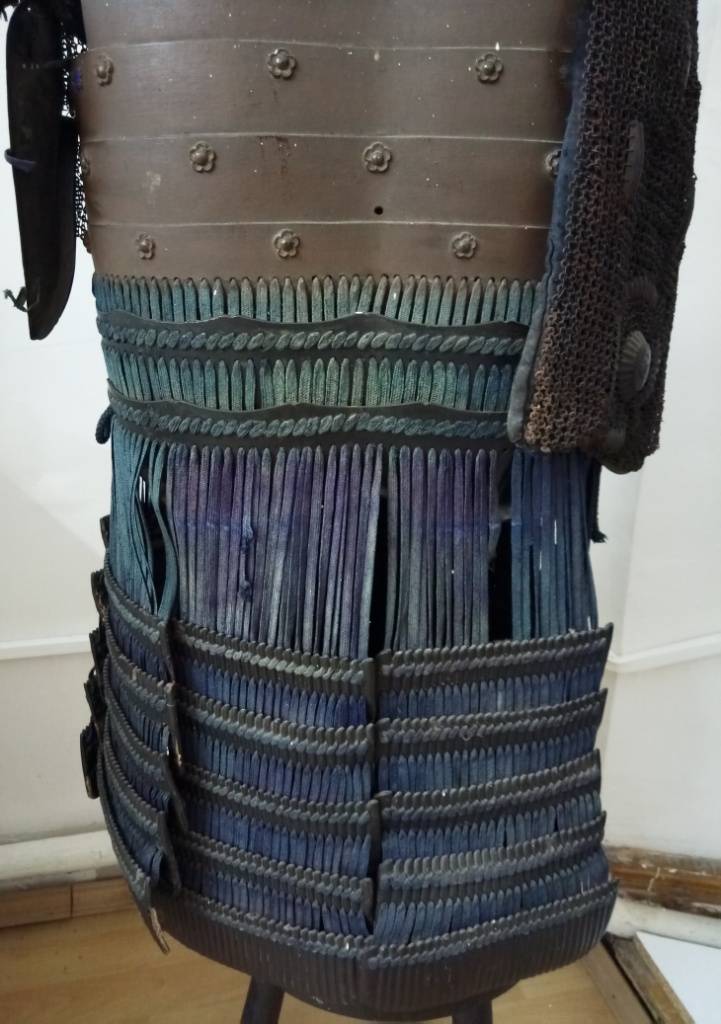
Pay attention to the length of the cords between the cuirass and the gessan plates. They were long so as not to reduce the mobility of the warrior. However, under the cords was an unprotected space where one could strike. Therefore, some samurai began to sew pieces of cloth covered with chain mail to the lower edge of the cuirass to close it.
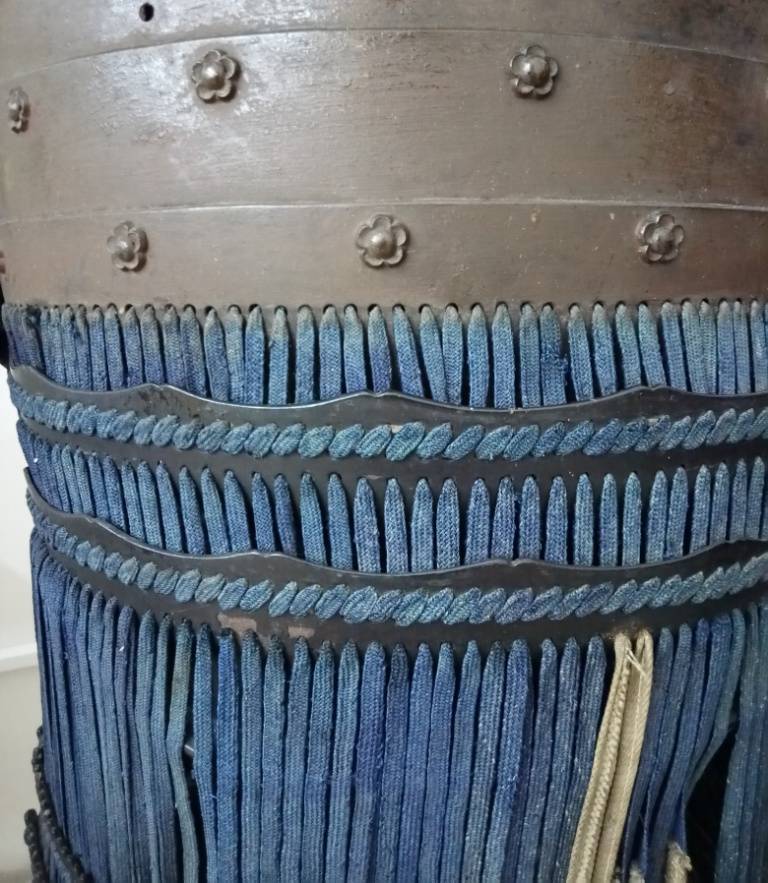
Interestingly, the gassan plates, which look “completely” metallic, are actually made of leather. This was done to lighten the weight of the armor. But the skin is not just dressed. She is also varnished, so what material is in front of you, you can’t tell right away. In this case, the Gessan plates still have a comb-like upper part, as if they were all composed of small plates. Such was the power of tradition, there's nothing to be done! By the way, the plates themselves are somewhat curved. To do this, an iron rod of shikigan was laced to them before varnishing.
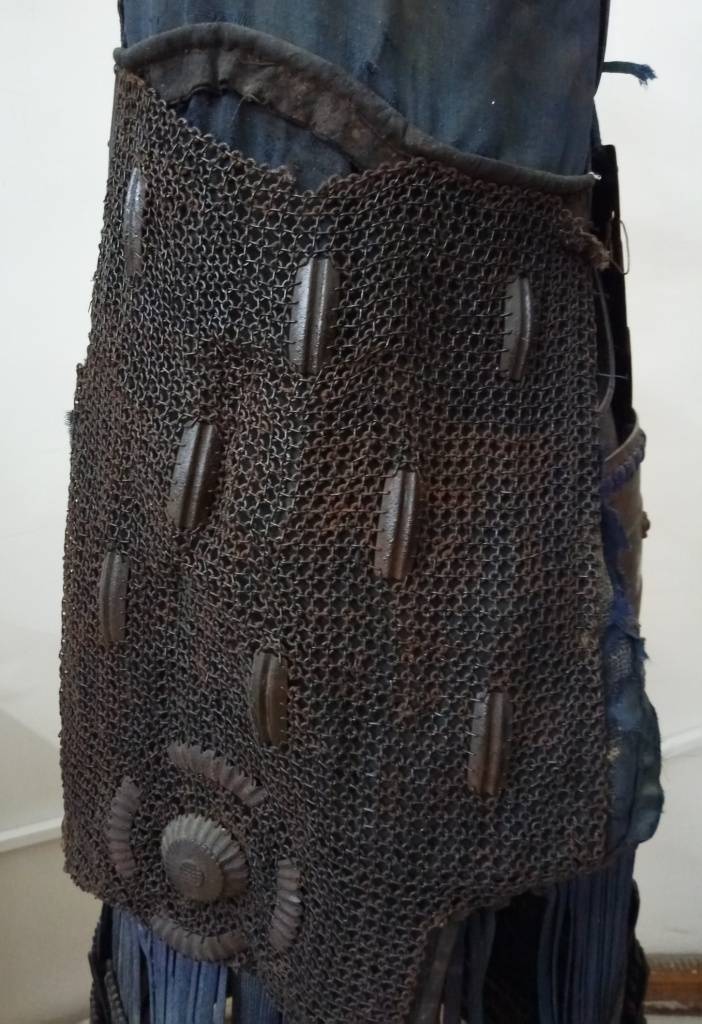
Both the cuirass and the gassan plates are dark brown in natural Japanese lacquer. Moreover, not only plates, but even chain mail were lacquered in this armor, which, however, is not surprising, given the climate in which such armor was used.
Shoulders on the armor were not preserved, but we can say that they were small and curved to better cover the shoulder. Usually they consisted of 5-6 all-metal curved plates. By the end of the XVI century. they often consisted of only 2-3 plates covering only the shoulder itself. Between themselves, the plates were connected by cords, both types of weaving and frequent weaving of kebiki-odoshi and rare, with cross knots, sugake-odoshi were used. The first type of lacing was to be used on the sode of this armor, since it was also used on its other parts.
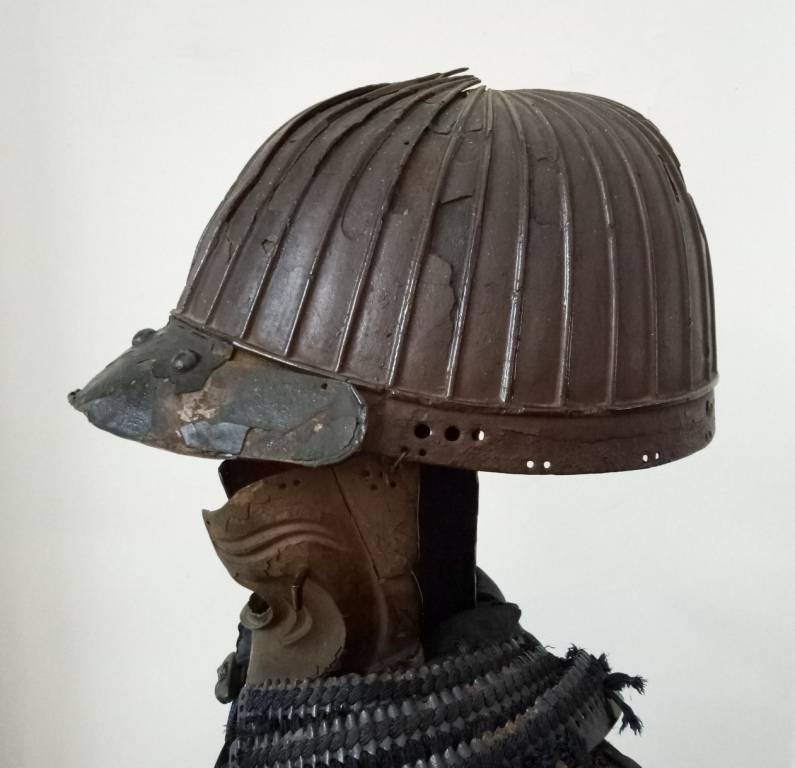
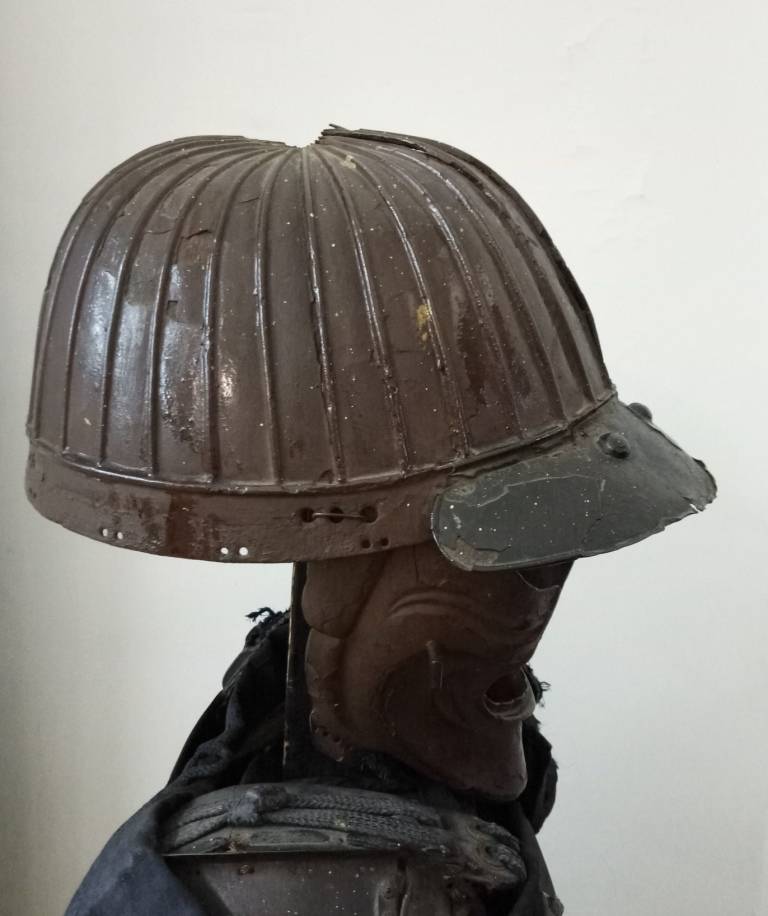
The helmet has remained in fairly good condition, although it does not have a shikoro collar and a milled socket around the top of the tehen hole. Let's look at him in profile. Obviously, by type, it refers to helmets of gosozan-suji-kubuto, since its back is higher than the front. Well, “suji” means that it is ribbed, but rivets on its surface are not visible. The helmet top was made of 32 plates, which indicates that he could only belong to an officer, since for ordinary soldiers the number of plates began from 6 and ended with 12 and 16 maximum, but the officers could have 32, and 64, and 72, and even reach 120! What kind of jewelry could be placed on this helmet is, alas, impossible to say. The Japanese who created it were people with limitless imagination.
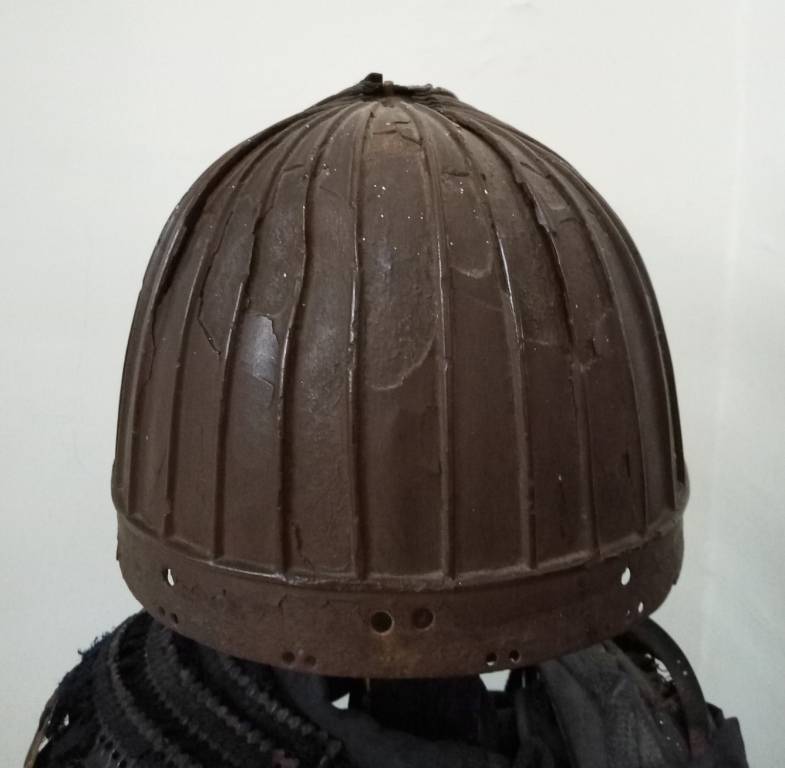
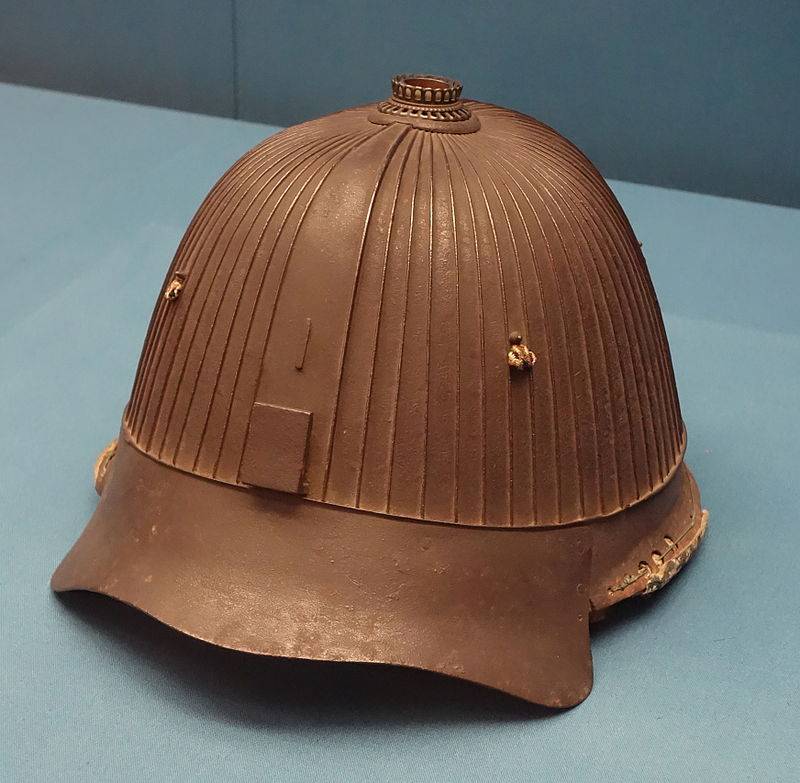
A mask for a helmet is also available and belongs to the type of half mask - hoate. That is, she does not cover her whole face, but leaves her nose, eyes and forehead open. The dark color of the mask and light naked skin made the face of a man in a hambo look like ... a monkey's face. The Japanese noticed this and gave this mask a second name - saru-bo, or "monkey face". All masks called man-gu had a neck cover of yodare-kake, but it was not in this armor. Apparently lost.
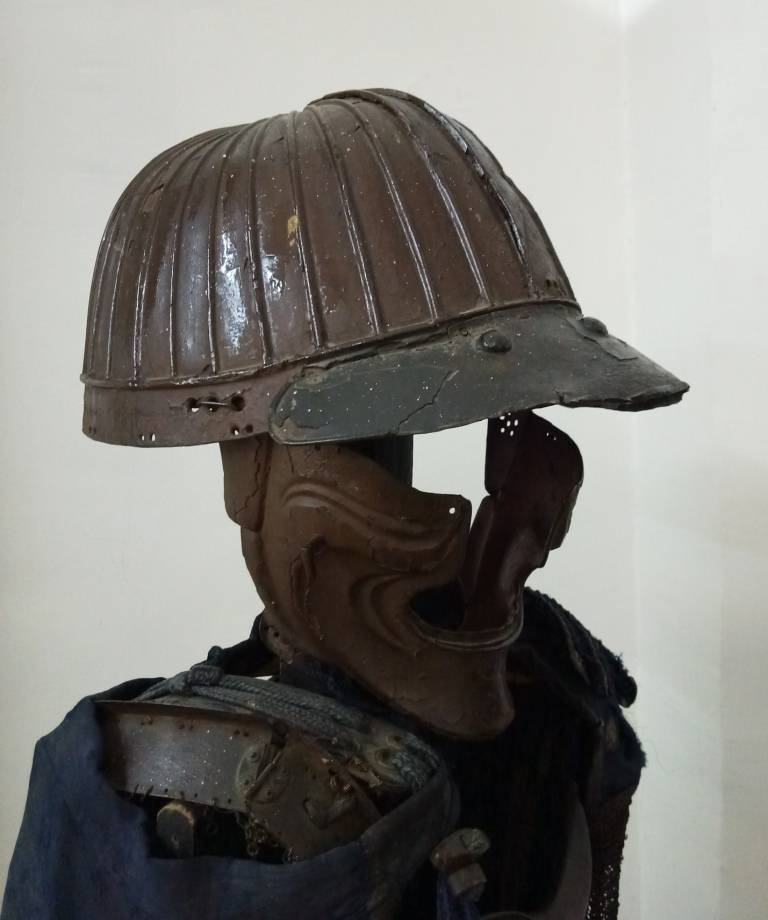
The hoate mask itself is very interesting. Inside, it is covered with red varnish, but in her chin a special hole was made asa-nagashi-no-ana, through which ... sweat flowed out! There were also special hooks for cords on it. The mask was attached to the face again with cords that came from the helmet and which, if properly tied, connected the helmet to the mask literally tightly. There were many ways and instructions on how best to tie the cords on various masks, and it was often possible to determine by the way these cords are tied, to which clan this or that warrior belongs.
Interestingly, this armor nevertheless attracted the attention of a ... 4th-year student of the history department of the Tver State University A.M. Snegirev, who wrote an interesting work on it, “Tosei Gusoku Armor,” for the collection of the 2004 scientific and practical conference dedicated to the 100th anniversary of the Russo-Japanese War of 1904-1905.
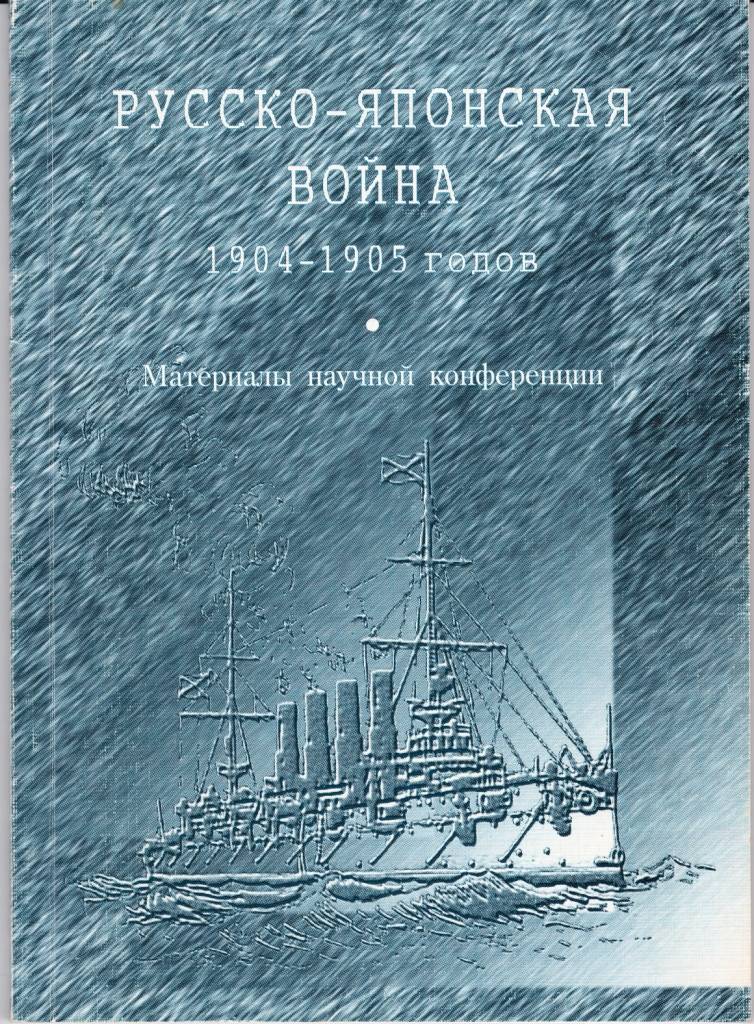
As already noted, the article submitted by A.M. Snegirev for this collection, was prepared very well. A solid list of sources consisting of works by famous authors is used. Unfortunately, the drawing placed in it as an illustration leaves much to be desired. That is, it does not depict the armor that is present in the museum! But this is the misfortune of many of our authors who have to use not what is followed, but what is at hand.
The article discusses this armor in detail, and it is interesting that the author mentions a throat cover, which lacked about 25 percent. But there is no cover at all in the photographs, so over the past 16 years it seems to have simply been lost. Well, what could this armor look like if it had been looked after and restored in time? We will talk about this, as well as about many other things related to samurai armor and weapons, next time.
Literature
1. Kure M. Samurai. Illustrated story. M .: AST / Astrel, 2007.
2. Bryant E. Samurai. M .: AST / Astrel, 2005.
PS The administration of VO and the author express their deep gratitude to Elena Pokrashenko, head of the Toropetsk branch of GBUK TGOM, for the photographs and materials provided.
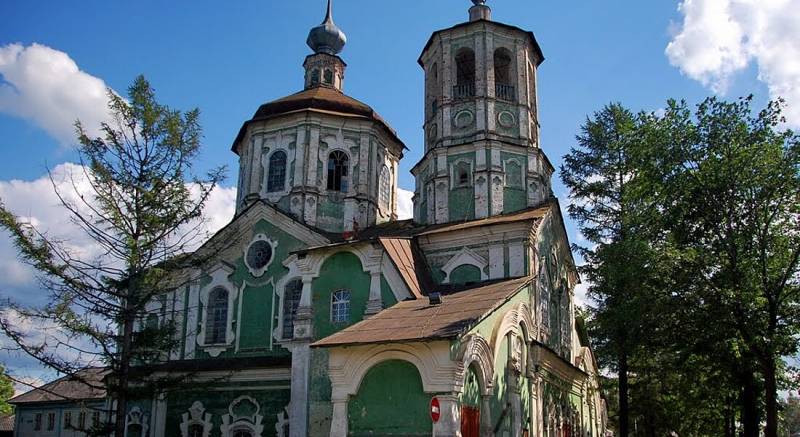
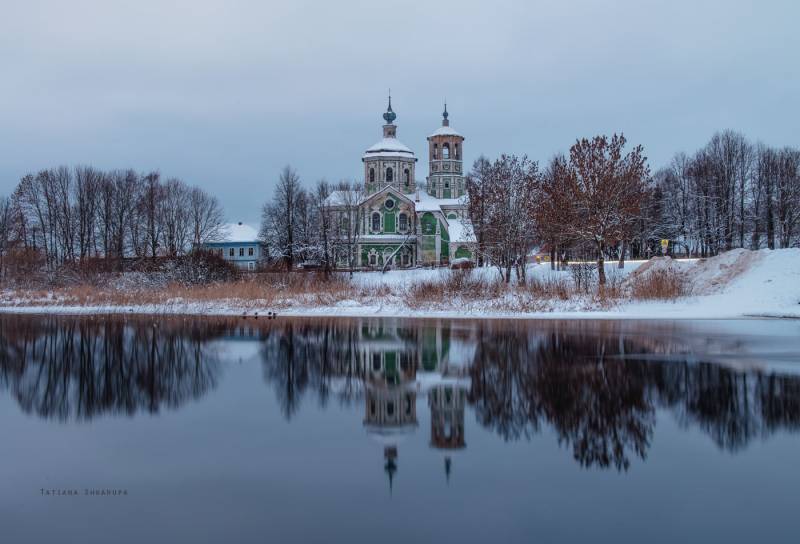
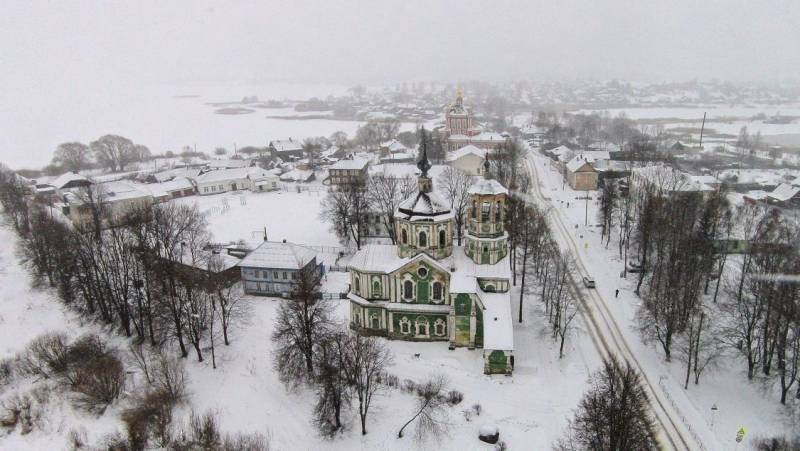
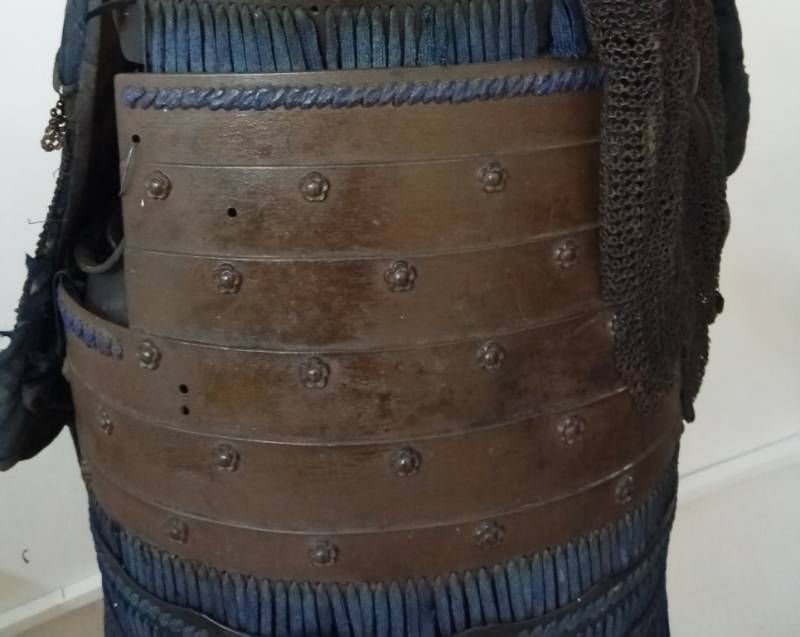
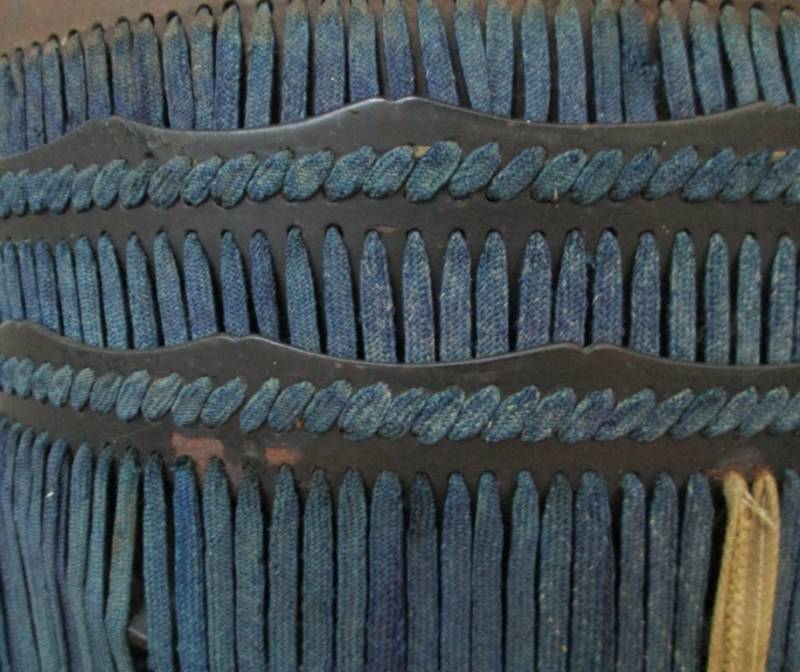
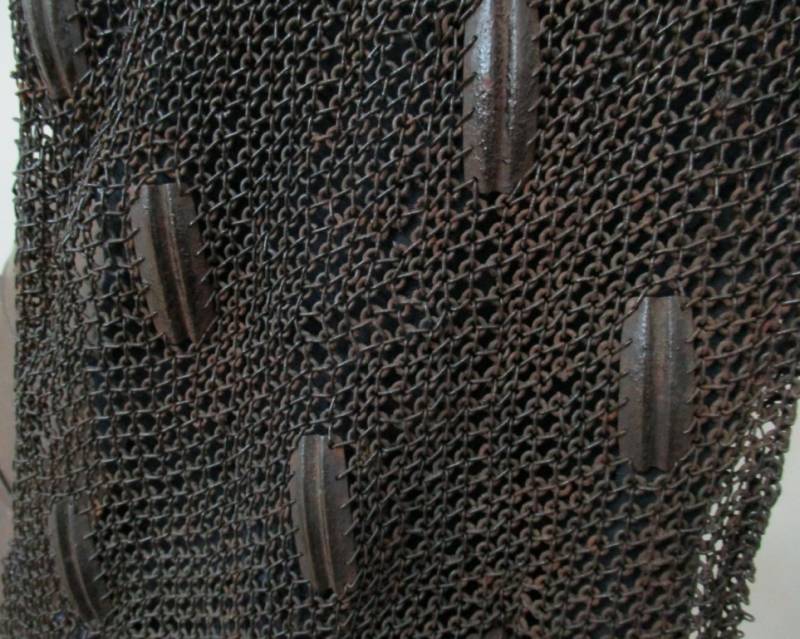
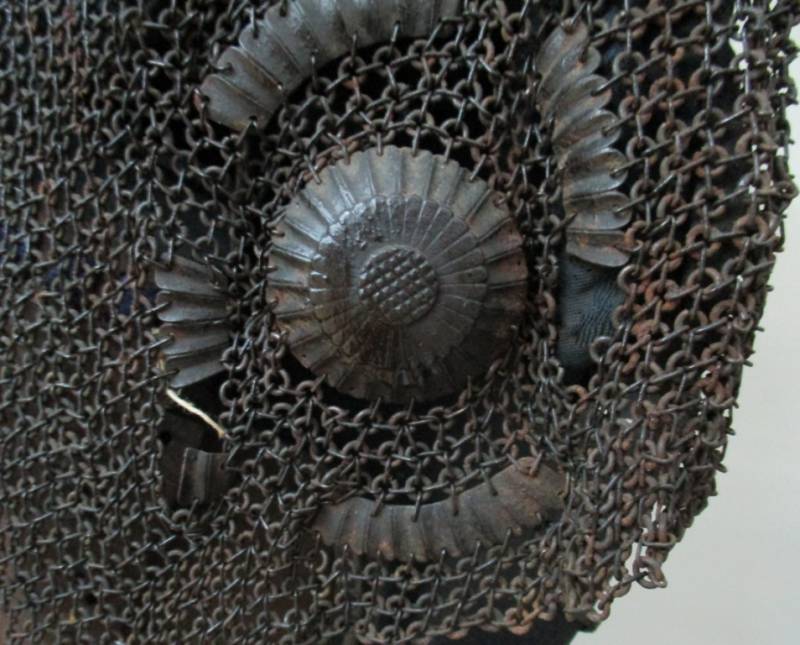
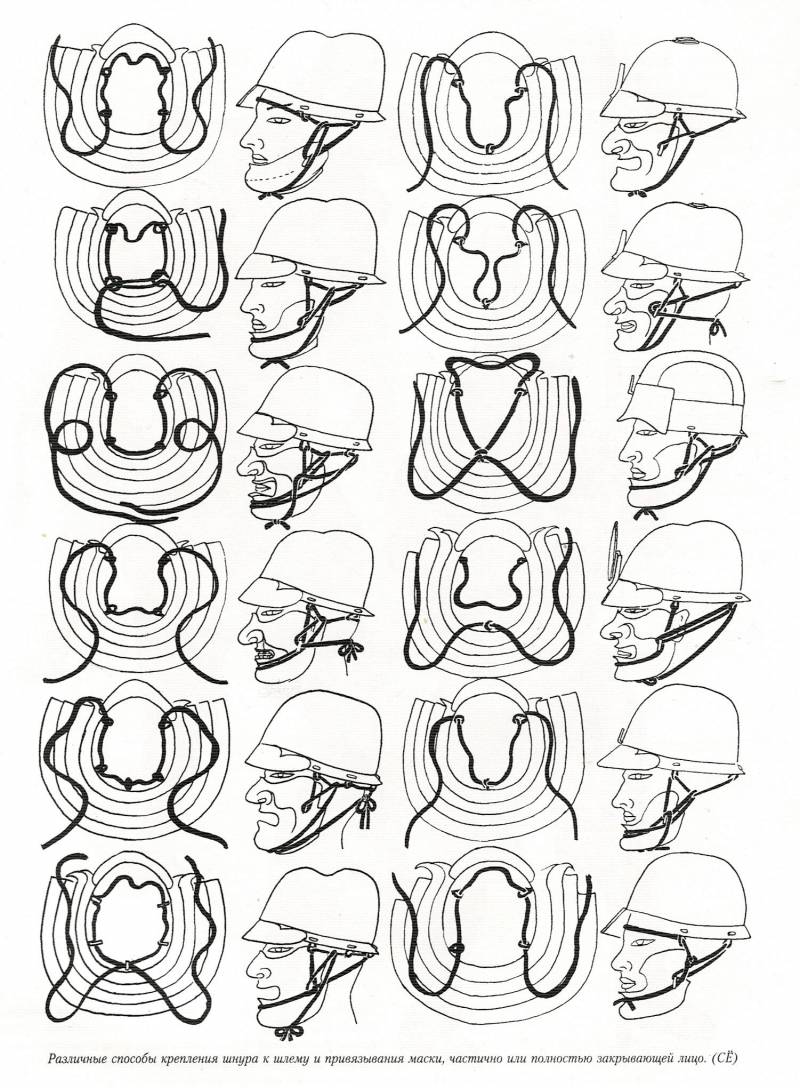
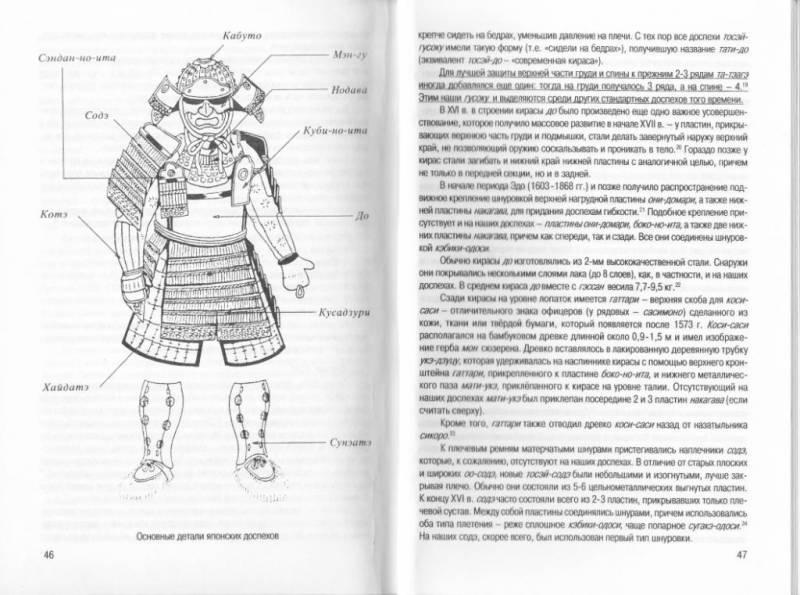
Information